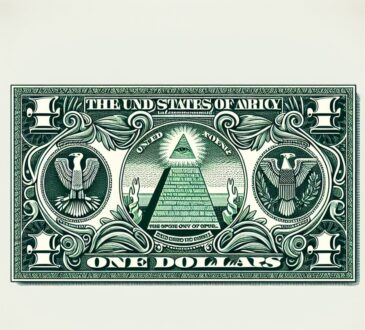

There’s no hard and fast rule on how a currency will perform during a recession.
In fact, there have been many instances where currencies have appreciated during a recession, but it’s safer to assume that a currency will perform poorly, and potentially decrease in value. During recessions, a country often becomes a less attractive place to invest.
As interest rates are often lowered to stimulate the economy, currencies in countries suffering through recessions have less appeal, and investors will exchange that weakening currency for those in stronger economies.
When the recession started in 2008, the United Kingdom and its currency suffered as well. The pound sterling fell more than 25% from the prior year through mid-2009. In early 1980, the U.S. went into recession, but during this period, the value of the dollar rose, confounding those anticipating a decline.
While it’s hard to predict how a currency will perform, there are ways to profit from their appreciation and devaluation. One way is foreign exchange trading, or forex. Certain currencies will inevitably decline as their national economies fail, while other more appealing currencies will rise. In forex, an investor is essentially playing the difference in performance between two currencies by going long one and short another in a currency pair.
When the economy underlying the currency recovers, and as interest rates rise again, that country’s currency will strengthen and attract investors seeking to profit from the recovering economies’ rising currency.
Therefore, anticipating that a country is about to enter a recession also prompts investors to anticipate that country’s interest rates will fall compared with other countries. Again, this would make that country less attractive for investors. Investment dollars are likely to leave the country in recession and move to countries with higher interest rates. If people move money out of the U.S., they will sell dollars and buy other currencies, causing a fall in the value of the dollar.
Short-Currency ETFs
In the world of ETFs, there’s an option for almost any investor perspective. And perspective is everything.
Generally, investors will consider buying the currencies of countries whose economic condition is improving while selling the currency of weakening countries. Going “long” a currency—investing in it—is easy these days, with an abundance of long-currency ETFs available. Here are a few:
The flip side of this tactic is to short the currencies of countries whose economies are weakening and where interest rates are likely to be cut. Thankfully, there are plenty of choices to short currencies via ETFs as well. Here are several short-currency ETFs:
Ultimately, one needs to have a high level of confidence when deciding to short a currency with a short ETF, essentially as much as one who goes long a currency with the opposite perspective.
For the very aggressive currency ETF investor, there are leveraged currency ETFs that will provide two or three times the return of the nonleveraged ETFs. The ones listed above with the word “Ultra” in their name are leveraged.
If you decide to wade in that pool, just be careful—leverage is a risky thing. When you’re right ,it’s great, but being wrong can be devastating.
Recommended Stories


